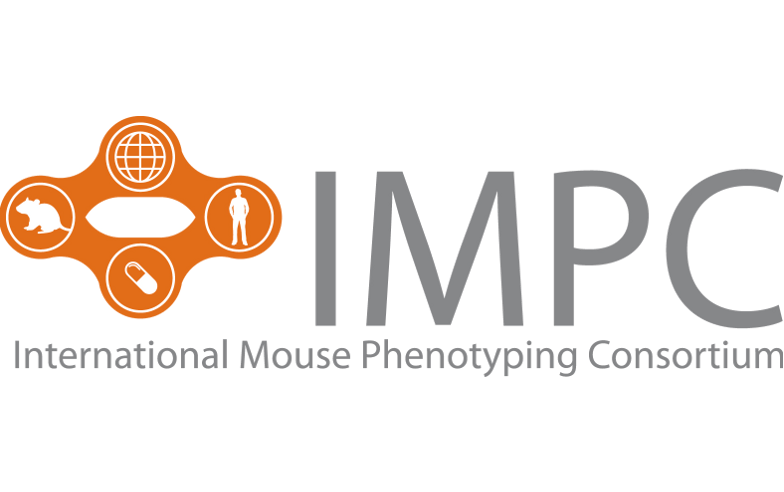|
초록
|
Paraoxonase-1 (PON1) gene polymorphisms have been closely associated with the development of advanced cancers while PON1 secretion to the serum is linked with inhibition of oxidized high-density lipoprotein by its antioxidative function. Our group previously demonstrated that post-translational modification of serum PON1 in form of fucosylated PON1 is a potential biomarker of small cell lung cancer. Here, we interrogated the role of PON1 in the pathobiology of lung cancer (LC) by addressing cell-autonomous mechanisms using gain-of-function and loss-of-function approaches and protein expression profiling of tissue samples in our clinical biobank. PON1 expression in LC patient tissues varied between overexpression in squamous cell carcinoma and minimal loss in adenocarcinoma sub-types. Simultaneous overexpression of PON1 both at the gene and protein stability levels induced pro-oncogenic characteristics in LC cells and xenografts. PON1 overexpression supported metastatic progression of LC by decreasing G1/S ratio and LC cell senescence involving p21Waf1/Cip1. PON1 suppressed drug- and ligand-induced cell death and protected LC cells from genotoxic damages with maintained ATP levels, requiring p53-directed signals. PON1 promoted ROS deregulation protecting the mitochondria from dysregulation. PON1 knockdown resulted in the blockage of its antioxidant function in LC cells through Akt signaling with reduced invasive signature as a consequence of scant expression. Targeted glycolysis stimulated PON1 antioxidant activity regulating phosphorylation of AMPK-α. The functional data imply that exploitation of the antioxidative function of PON1 is consequential in driving LC pathogenesis at the cell-autonomous mechanistic level with consequences on tumor growth.
|






